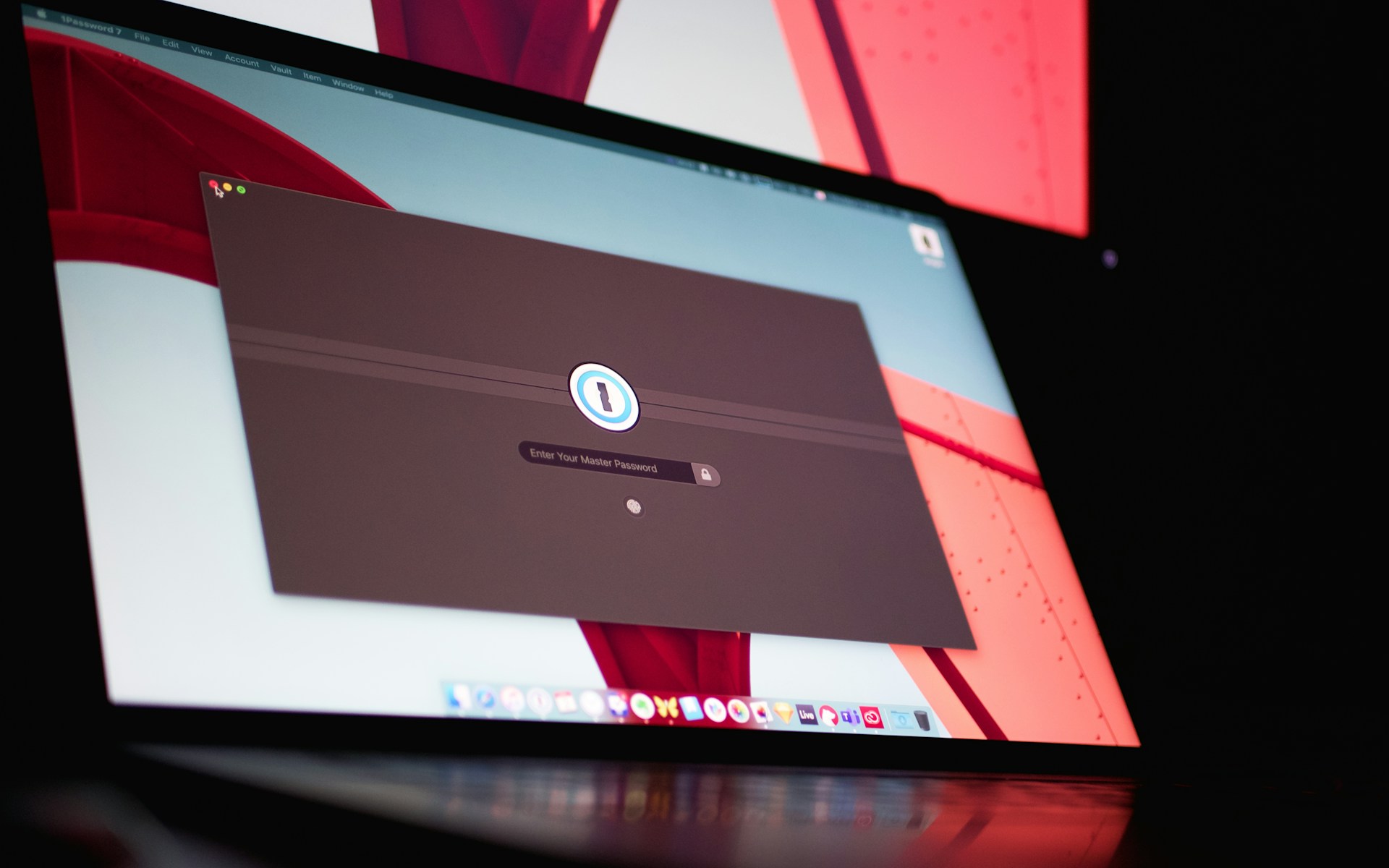
In the modern cyber threat landscape, response speed and precision can determine whether an incident remains a small disruption or becomes a business-critical event. While many organizations invest heavily in Security Operations Centers (SOCs) and Managed Extended Detection and Response (MXDR) platforms to detect and contain threats, response efforts often falter due to one critical gap: leadership alignment.
Bridging the gap between 24/7 SOC operations and executive decision-makers is essential. That’s where SOC vCISO collaboration becomes a strategic differentiator.
Unlike traditional IT incident management, today’s threat response requires synchronization between technical triage, risk governance, regulatory reporting, and executive communication. In this post, we’ll outline how to establish clear incident response handoff points, leverage Sentinel360 dashboards to drive metrics-driven decisions, and deliver post-incident GRC outcomes that both security teams and auditors can trust.
The Reality: Detection Without Direction Isn’t Enough
Even the most advanced SOC can only respond effectively when strategic direction is in place. In KMicro’s experience supporting organizations through real-world breaches, we’ve seen how fractured handoffs can lead to:
-
Delayed executive awareness of breach impact
-
Mismatched priorities between technical and business leadership
-
Incomplete GRC documentation for auditors and compliance teams
Enter the virtual Chief Information Security Officer (vCISO)—a governance-layer role that acts as the conduit between real-time technical findings and strategic business risk mitigation.
When SOCs and vCISOs collaborate through defined workflows, businesses can achieve faster containment, clearer communication, and stronger post-incident learning.
Defining Handoff Points: From Alert Triage to Executive Briefing
A successful handoff isn’t just about escalation—it’s about structured, role-based transitions. Here’s how KMicro recommends structuring the workflow:
1. Alert Triage (SOC Lead)
-
Confirm true positive via correlation engines (e.g., Sentinel360 behavioral analytics).
-
Assign MITRE ATT&CK techniques to determine tactics in play.
-
Notify incident response coordinator.
2. Incident Declaration (SOC + vCISO)
-
Determine severity level using internal incident matrix.
-
Decide if escalation to legal, HR, or third-party stakeholders is needed.
-
Trigger executive communications protocol.
3. Containment Strategy (SOC)
-
Initiate endpoint isolation via MXDR.
-
Block malicious IPs, disable compromised accounts.
-
Document actions in centralized IR platform.
4. Executive Briefing (vCISO)
-
Deliver situational awareness to C-suite.
-
Summarize Mean Time to Detect (MTTD), blast radius, and impacted assets.
-
Offer risk-based recommendations (e.g., legal notification, public disclosure).
This model aligns frontline detection with strategic oversight, ensuring no blind spots exist between technology and business continuity.
Sentinel360: Turning Incident Data into Actionable Dashboards
During a high-pressure incident, clarity matters. KMicro clients use Sentinel360 to consolidate detection, response, and impact metrics into visual dashboards that both SOC and executive leadership can interpret in real time.
Key Metrics to Track:
-
Mean Time to Detect (MTTD): Time from initial compromise to alert confirmation.
-
Mean Time to Respond (MTTR): Time from detection to full containment.
-
User/Asset Blast Radius: Total systems and accounts affected.
-
Mitigation Actions Taken: Quarantine events, credential resets, policy blocks.
Example Dashboard Widgets:
-
Timeline of alerts vs. actions
-
Asset heatmaps showing lateral movement
-
Compliance flags for regulated data exposure
These dashboards become the centerpiece for post-incident briefings, enabling leadership to make data-backed decisions under pressure. They also double as documentation for GRC reporting efforts.
Post-Incident Workshop: Turning Crisis Into Continuous Improvement
Once the immediate threat is contained, the next step is recovery—and learning. A “lessons learned” workshop is critical to hardening future response efforts. KMicro helps clients conduct structured, multidisciplinary debriefs that align operational findings with governance mandates.
Sample Agenda:
-
Incident Overview
Recap timeline, attacker behavior, and resolution milestones. -
Technical Review (SOC Lead)
Discuss detection points, containment actions, and system hardening steps. -
Governance Review (vCISO)
Evaluate gaps in policies, roles, or decision-making. -
Metrics Review (Sentinel360 Data)
Present MTTD, MTTR, and containment scope. -
Audit Documentation (GRC Lead)
Confirm logs, decision records, and compliance disclosures. -
Action Items
Assign follow-ups for tooling upgrades, training, and policy updates.
This format ensures the workshop serves multiple stakeholders—from SOC engineers to board-level risk committees—and satisfies all angles of post-incident GRC reporting.
Real-World Impact: A Unified Response Accelerates Recovery
In one recent engagement, KMicro supported a mid-size healthcare organization during a credential-stuffing attack that compromised multiple accounts. Their SOC quickly identified anomalous login attempts using MXDR detections tied to known botnet IPs. The Sentinel360 ransomware playbook was triggered automatically, isolating endpoints and locking down affected accounts within minutes.
However, what made the difference was the vCISO’s simultaneous activation of executive protocols:
-
Legal was looped in to assess breach notification thresholds.
-
The communications team crafted internal talking points.
-
The board received a summary within two hours of detection.
By aligning SOC activity with vCISO oversight, the organization not only contained the attack—it turned it into a proving ground for mature cybersecurity governance.
Aligning with KMicro’s IR Expertise
At KMicro, we specialize in orchestrating seamless collaboration between real-time security teams and strategic leadership. Our Incident Response services don’t just stop at technical resolution—we build governance maturity into every stage of the process.
Whether you need 24/7 detection from our SOC, executive briefing templates, or GRC-aligned debriefs, our team ensures that each part of your cybersecurity program speaks the same language.
Explore how our Incident Response and vCISO services help clients respond faster, smarter, and more strategically.
Ready to Close the Gap?
If your incident response plan stops at containment, you’re leaving value on the table—and opening risk downstream. Building integrated workflows between your SOC and vCISO functions transforms IR into a source of resilience and regulatory confidence.
To assess your current state or run a readiness tabletop, contact our team. You can also browse our blog for additional insights into how to mature your security operations.
-

Securing DevOps Pipelines: Integrating Security Early and Often
25 Nov, 2025
-

Zero Trust in Action: From Buzzword to Real Enterprise Security
22 Aug, 2025
-

Beyond Firewalls: KMicro’s Zero Trust Blueprint for Hybrid Workforces
30 Jul, 2025
-

SharePoint Zero-Day Vulnerability: What You Need to Know
22 Jul, 2025
-

Implementing Password-Free Authentication Across Hybrid Environments
27 Jun, 2025